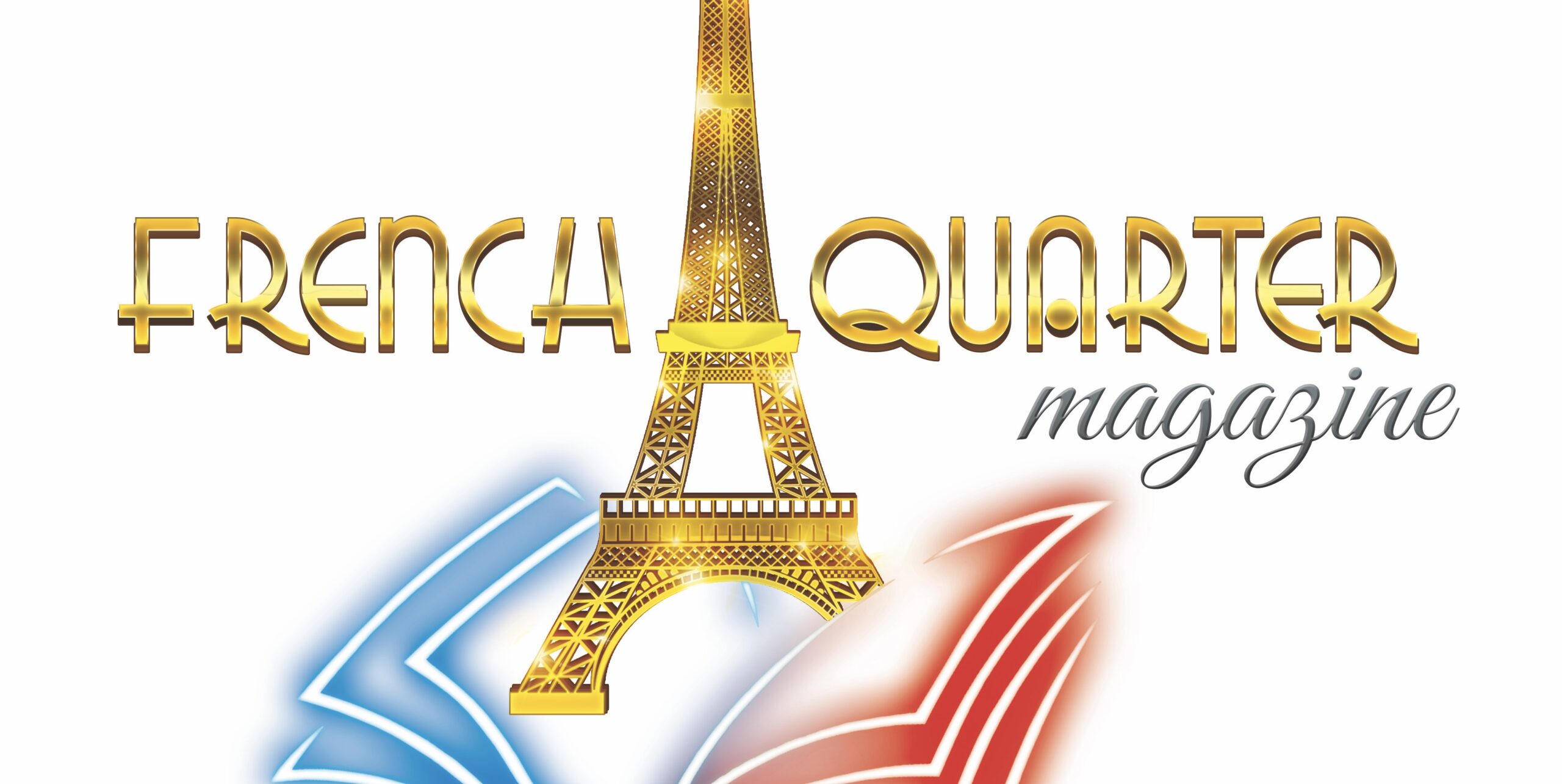A Closer Look at the French and American Education Systems
When delving into the fascinating world of education, cultural differences illuminate the distinctive characteristics of the French and American education systems. Not merely a difference in language, these systems represent two unique approaches to nurturing young minds with their strengths and quirks. Understanding these systems is imperative, especially in an era of global mobility, where multicultural understanding is key. Therefore, let’s embark on a journey to explore, compare, and understand the intricacies of the French and American education systems.
The Historical Perspective of the American Education System
The American education system, deeply rooted in its nation’s democratic ideals, greatly emphasizes individualism and flexibility. It has evolved significantly since its inception, striving to cater to a diverse and vast population with differing educational needs.

Structure of the American Education System
The American education system is typically divided into three main stages: elementary school (kindergarten to 5th grade), middle school (6th to 8th grade), and high school (9th to 12th grade). After graduating high school, students may choose to attend college or university for further education, culminating in an associate, bachelor’s, master’s, or doctoral degree.
Key Features of the American Education System
An undeniable aspect of the American system is the emphasis on extracurricular activities, often considered crucial for students’ holistic development. It encourages individuality, allowing students to explore various subjects without strictly adhering to a predefined set of core subjects. Students have further flexibility to choose their majors and minors at the college and university level, fostering a diverse academic environment.
The Historical Perspective of the French Education System
The French education system has its roots in the egalitarian principles of the French Revolution. It emphasizes uniformity and centralization, with the curriculum largely controlled by the national government. The system has a reputation for its high academic demands and rigorous standards, offering an educational model that is markedly different from the American system.
Structure of the French Education System
In France, the education journey begins at école maternelle (kindergarten) for children aged 2 to 6. Following this, they move on to école élémentaire (elementary school) from ages 6 to 11. The next stage is collège, equivalent to middle school, which caters to children aged 11 to 15. That leads to lycée (high school) for students aged 15 to 18. After successfully passing the baccalauréat examination at the end of the lycée, students can proceed to higher education at a université or a selective grande école.
Unique Aspects of the French Education System
The French system is renowned for its intense academic focus and standardized curriculum nationwide. Emphasizing depth and rigor, students are often subject to high expectations and substantial academic pressure. Unlike the American system, there is less emphasis on extracurricular activities, with the French system centering more on academic achievement. The higher education system is distinguished by the elite grande écoles, known for their rigorous selection process and esteemed reputation.

Comparing the French and American Education Systems
After having an overview of the American and French education systems, it’s time to juxtapose them, considering the divergences and convergences.
Early Education
American early education encourages a balanced blend of academics and extracurricular activities, fostering overall development. The French system, on the other hand, lays more emphasis on academics from the start, with a structured curriculum even at the kindergarten level.
Secondary Education
American students enjoy various subject choices during secondary education, promoting diversity and personal interests. In contrast, French students follow a more standardized curriculum with less flexibility, focusing primarily on academic rigor and depth.
Higher Education
In terms of higher education, American colleges, and universities allow a high degree of flexibility, enabling students to select majors and minors according to their interests. They also emphasize a balance between academics and extracurriculars. The French higher education, especially the esteemed “grandes écoles,” are known for their strict academic focus and competitiveness. Both systems are internationally recognized, although the American system might have a broader global acceptance due to its many internationally ranked universities.

Strengths and Weaknesses of Both Systems
As we delve deeper into the contrasts between these two systems, we must examine the strengths and weaknesses intrinsic to each, not forgetting the influence of French culture on its educational framework.
Strengths of the American System
The American system thrives on its diversity and flexibility, allowing students to explore various interests. Another notable strength is the emphasis on holistic development, balancing academics with extracurricular activities. Furthermore, the range of courses offered at the higher education level is virtually unparalleled, opening a world of opportunities for students.
Weaknesses of the American System
One of the main criticisms of the American system is the inconsistency in quality, often linked to socioeconomic disparities. The high cost of higher education is another significant concern, potentially limiting access for economically disadvantaged students.
Strengths of the French System
The French system, deeply influenced by the culture’s regard for intellectualism, is known for its academic rigor. This system ensures uniform standards nationwide, irrespective of the student’s locale. Additionally, the cost of education, particularly higher education, is considerably lower than in the U.S., ensuring greater accessibility.
Weaknesses of the French System
The French system may be perceived as less flexible, with its predefined curriculum offering limited room for exploring varied interests. High academic pressure can also be challenging for students, potentially compromising their well-being. Furthermore, the limited scope for non-academic pursuits restricts students from gaining a rounded education experience.
In Conclusion
Comparing the French and American education systems opens a world of insights, highlighting the distinctive qualities of each. Recognizing these differences and learning from each system’s strengths is crucial as we navigate an increasingly interconnected world. Both systems hold significant potential, and mutual learning can enhance educational experiences. The key lies in striking a balance – fostering academic excellence while promoting holistic development.
About the Author:

Kiera Drake is an experienced educator and writer deeply interested in comparative educational systems. Currently collaborating with Family Affair Moving Southern California, she brings her expertise in international education to assist families transitioning across borders. Her work aims to facilitate better understanding and smooth transitions in global education landscapes.
Header Photo Credit: Tirachard Kumtanom from Pexels.
https://www.pexels.com/photo/woman-writing-on-a-notebook-beside-teacup-and-tablet-computer-733856/





















The French education system is built on the tradition of the Jesuit college. The Jesuits focused on the education of the elite.
The American system is democratic. It has its origin in the one-room schoolhouse. Almost every town in America has its School Street.
France is a catholic country, America is a protestant country.
This goes back to the Roman Empire. The Romans staid a long time in what became France, their presence in Albion was short. They call that longue durée.
Thank you, Jacques, for your insights! Your observations about the influence of Catholicism on the French education system and Protestantism on the American system are thought-provoking. We’re actually considering writing an article exploring the Catholic influences on America’s Protestant tradition and the resulting impacts and challenges. Your historical perspective provides a rich foundation for this exploration. We’d love to delve deeper into this topic and perhaps even discuss it further with you.